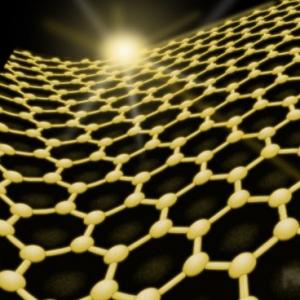Graphene research program to get €1 billion over ten years from the EU
Back in May 2011, a graphene research program (called FET Graphene Flagship) was shortlisted for one of two €1 billion EU research initiatives. Today we're happy to report that this project was indeed chosen by the European Commission. This is set to be a huge boost to graphene research and will hopefully accelerate commercialization of graphene based products. The EU will officially announce their decision next week (January 28).

The graphene flagship project is led by theoretical physicist Jari Kinaret at Chalmers University of Technology in Gothenburg, Sweden. The project will focus on developing graphene applications in the computing, batteries and sensor markets. It will also develop related materials. Back in 2011 it was reported that the project already includes over 130 research groups, representing 80 academic and industrial partners in 21 European countries.





